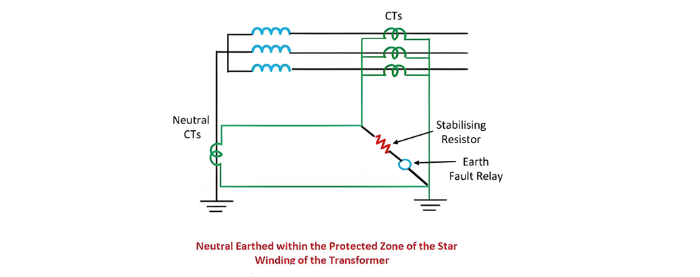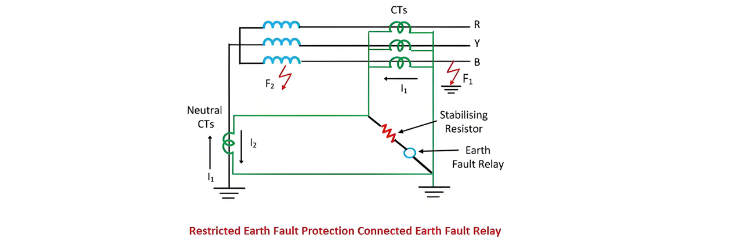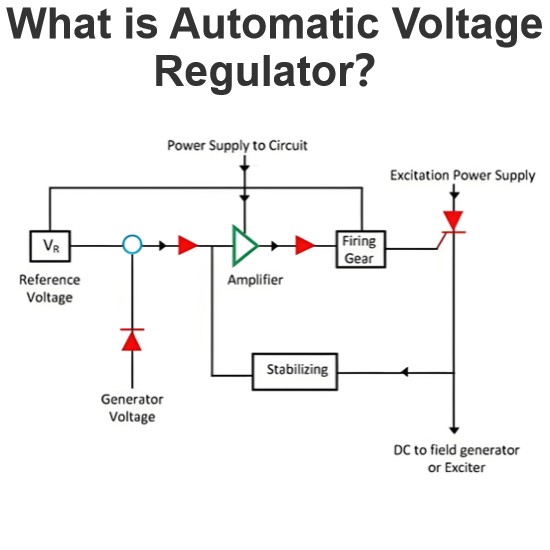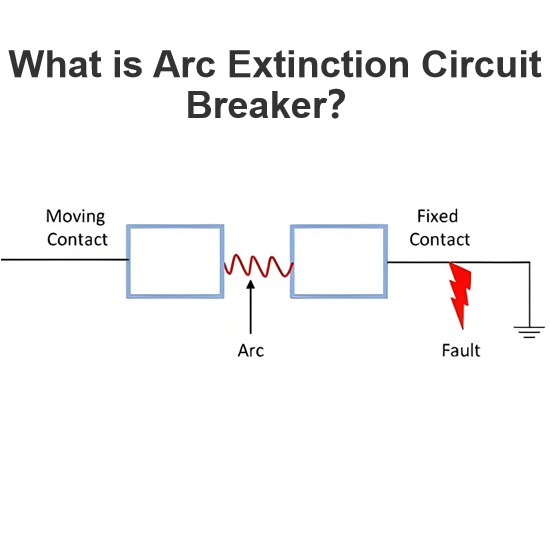Restricted Earth Fault Protection
Earth Faults: Causes, Impacts, and Protective Measures
An earth fault occurs when there is an unintended electrical connection between a live conductor and the earth. This typically happens due to insulation breakdown, which can be caused by factors such as aging of electrical components, mechanical damage, or exposure to harsh environmental conditions. When an earth fault takes place, short - circuit currents surge through the electrical system. These fault currents return to the source either through the earth itself or via connected electrical equipment.
The presence of earth fault currents can have severe consequences. They can cause significant damage to the equipment within the power system, including transformers, motors, and switchgear, by overheating components, melting insulation, and even leading to physical destruction. Moreover, earth faults disrupt the continuity of the electrical supply, resulting in power outages that can affect residential, commercial, and industrial consumers.
To mitigate the risks associated with earth faults, the restricted earth fault protection scheme is employed. At the core of this protection scheme is the earth fault relay, a critical component that plays a pivotal role in safeguarding the power system. When an earth fault is detected, the earth fault relay issues a tripping command to the circuit breaker. This action quickly isolates the faulty section of the circuit, thereby limiting the flow of fault current and minimizing potential damage.
The earth fault relay is strategically placed in the residual part of the current transformers, as illustrated in the figure below. This positioning enables the relay to effectively monitor and detect abnormal current flows indicative of earth faults. Specifically, it provides essential protection for the delta or unearthed star windings of power transformers, safeguarding these critical components from the destructive effects of fault currents. The figure below also depicts the detailed connections of the earth fault relay with the star or delta windings of the transformer, highlighting the precise configuration that ensures reliable fault detection and protection.


Earth Fault Protection System Configuration and Operation
Current transformers (CTs) play a crucial role in the earth fault protection system, strategically positioned on both sides of the designated protective zone. The secondary terminals of these CTs are connected in parallel with the protective relay, forming a vital electrical pathway for fault detection. The output of the CTs is specifically designed to represent the zero sequence current flowing through the electrical line. Notably, during an external fault, the zero sequence current remains absent, while in the event of an internal fault, it escalates to a value that is twice the magnitude of the actual fault current.
Operation of the Earth Fault Protection System
The star - connected side of the electrical system is safeguarded by a restricted earth fault protection mechanism, as illustrated in the figure below. This protection scheme is engineered to precisely detect and respond to earth faults within the protected zone, leveraging the unique characteristics of zero sequence current to ensure rapid and reliable fault isolation.


Earth Fault Protection System: Operational Mechanisms and Design Features
Suppose an external fault, denoted as F1, occurs within the electrical network. This fault event induces currents I1 and I2 that flow through the secondaries of the current transformers (CTs). Due to the electrical configuration and the nature of external faults, the resultant sum of I1 and I2is zero. In contrast, when a fault occurs within the protective zone, say F2, only the current I2 is present; the current I1 effectively cancels out or is negligible. This I2 then passes through the earth fault relay, triggering its operation. Crucially, the earth fault relay is designed to activate exclusively in response to internal faults within the protective zone, ensuring that it selectively isolates faulty sections of the electrical system.
The earth fault relay must possess a high degree of sensitivity to accurately detect faults. It is engineered to sense fault currents that exceed the rated winding current by at least 15%. This specific setting allows the relay to safeguard a defined, restricted portion of the electrical winding, which is why this protection scheme is aptly named the restricted earth fault protection.
To further enhance the reliability of the protection system, a stabilizing current is connected in series with the relay. This addition serves a vital function: it effectively mitigates the impact of magnetizing inrush currents. Magnetizing inrush currents, which can occur during system energization or other transient events, have the potential to cause false tripping of the relay. By counteracting these unwanted currents, the stabilizing current ensures that the earth fault relay responds only to genuine fault conditions, thereby improving the overall integrity and dependability of the electrical protection system.
The Electricity Encyclopedia is dedicated to accelerating the dissemination and application of electricity knowledge and adding impetus to the development and innovation of the electricity industry.













